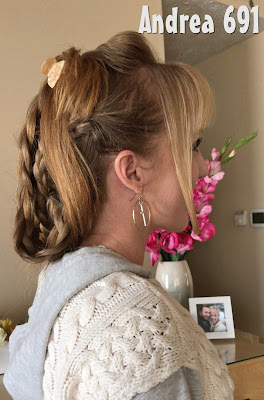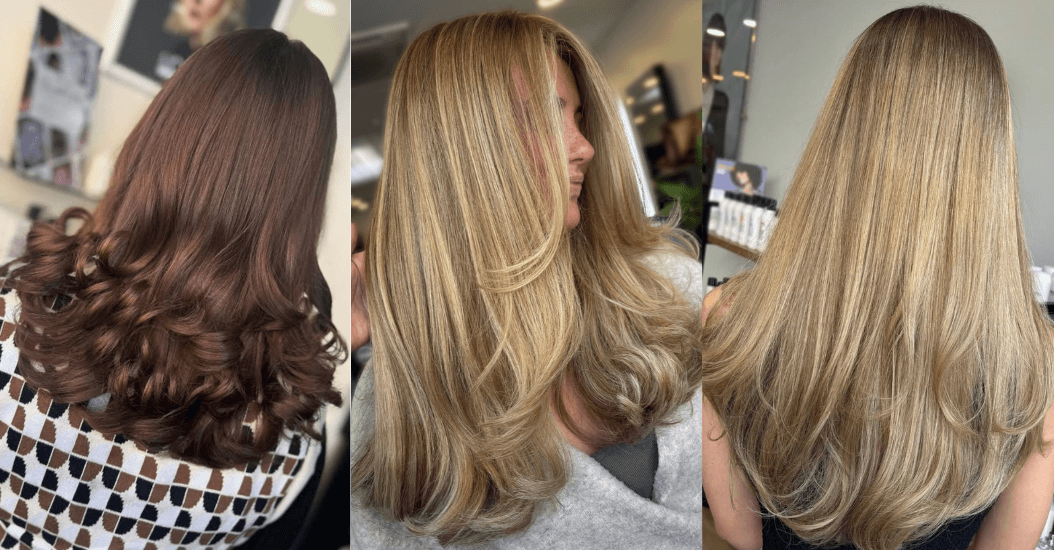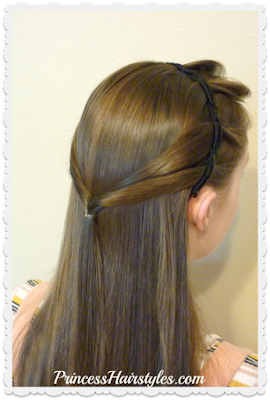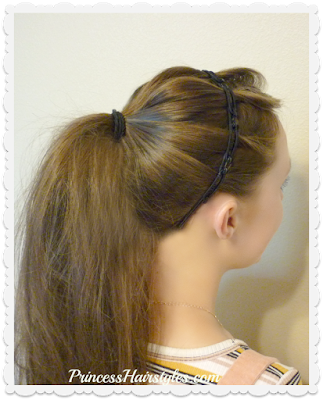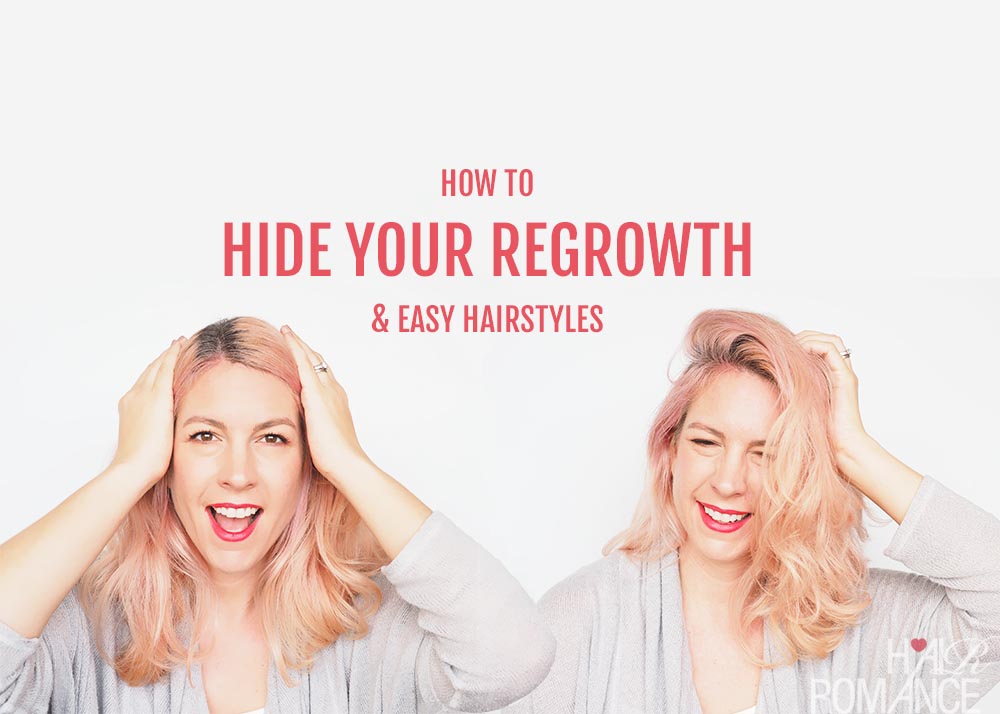Let’s talk ponytail hair tips, because what women doesn’t want to upgrade their ponytail? When you have a few hair tips under your belt to create stunning ponytails it instantly upgrades your look to allow you to stand out amongst your friends. And the secret to upgrading your ponytail is simple, you get creative with a few tips, tricks or some fun accessories!
Alright, let’s dive in with some ponytail tips first! Some of my fave tips are simple. Its all in the product to be honest. It can make all the difference between a sad pony or a fab pony. If you hair is thin, use some Dry Texture Mousse by AIIR professional prior to blow drying. Not only will Texture Mousse make your hair looking thicker, it will actually prevent it from getting oily because it is infused with volcanic ash which will soak up unwanted grim! Yup, I know what your thinking…its a miracle and AIIR Professional Texture Mousse basically is! And get this, it will also help your elastics from falling out due to the mega texture you will get!
Let’s talk about tricks, they aren’t just for kids! You can easily add a few tricks to upgrade your pony in seconds by creating a simple knot at the base or a fun braid. You can dive into some full how-to tutorials below where the first video I show you how to create some fun knots into your pony, where the other one will create a fun X shape at the nape of the neck. And make sure to check out my youtube channel for other fun how-tos!
Accessories is probably the funnest way to take your pony up a notch because you can have fun with your collection and really depending on the vibe of your outfit, you choose your accessory. I like to have on hand some hair scrunchies, fun pieces of leather to wrap around the ponytail or add some cute clips to dress it up. It’s literally that simple!
For loads of fun tips and inspiration, make sure you are following me on all my social channels especially IG and Youtube.
xo Jenny






